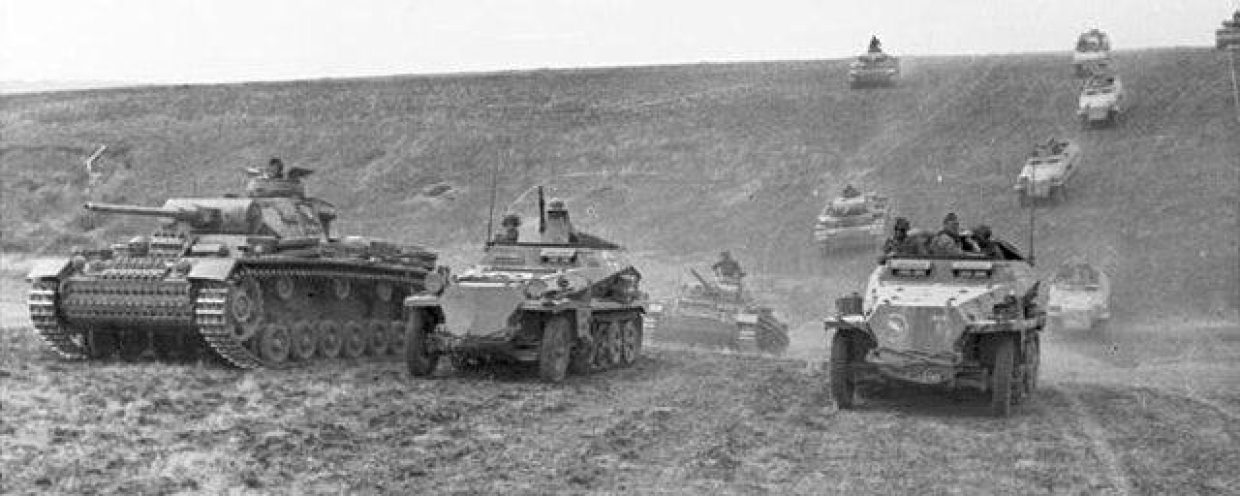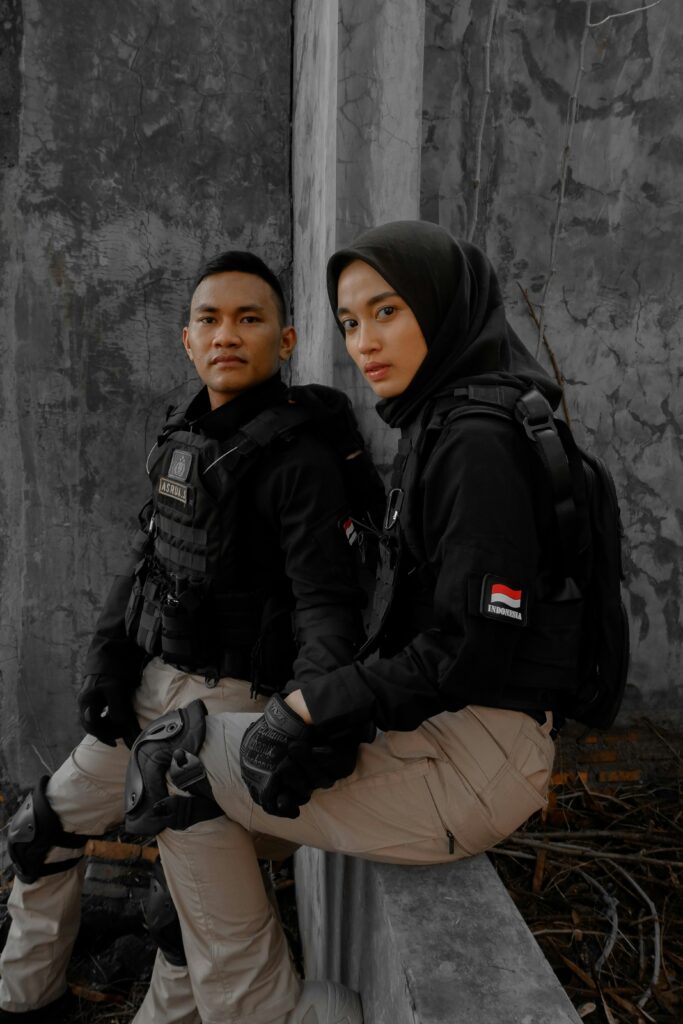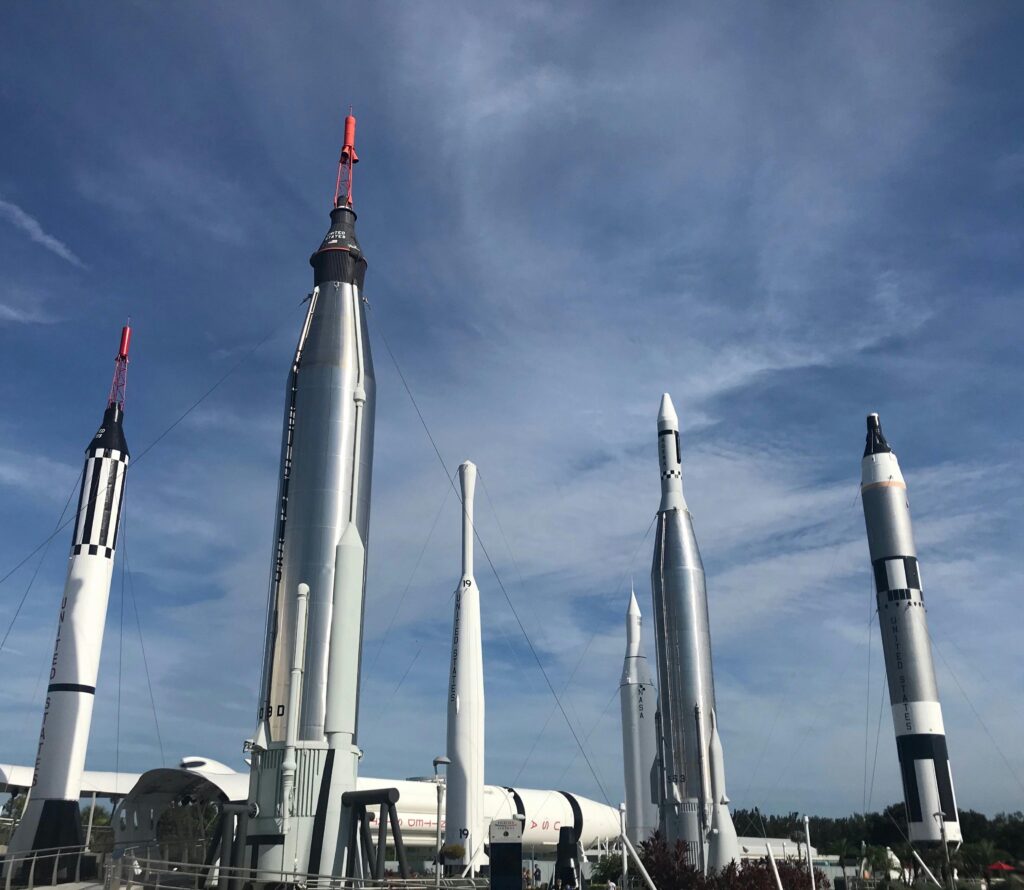In the annals of military history, few strategies have left as swift and decisive a mark as Blitzkrieg. Emerging in the crucible of World War II, this rapid warfare tactic revolutionized combat by emphasizing speed, coordination, and overwhelming force. Mastering Blitzkrieg tactics not only altered the course of battles but also reshaped modern military doctrines. In this article, we’ll delve into the core principles behind Blitzkrieg, explore its implementation during WWII, and uncover the lessons that make it a fascinating study for strategists and history enthusiasts alike. Whether you’re a history buff or a student of military strategy, understanding Blitzkrieg offers invaluable insights into how speed and surprise can dominate the battlefield.
Table of Contents
- Understanding the Core Principles of Blitzkrieg and Their Strategic Impact
- Integrating Mobility and Communication for Effective Rapid Assaults
- Leveraging Combined Arms: Coordinating Infantry, Armor, and Air Power
- Implementing Blitzkrieg Tactics in Modern Military Training and Doctrine
- To Wrap It Up
Understanding the Core Principles of Blitzkrieg and Their Strategic Impact
At its essence, Blitzkrieg revolutionized warfare by emphasizing speed, coordination, and surprise. Rather than engaging in prolonged battles of attrition, German forces relied on rapid, concentrated attacks that penetrated enemy lines and disrupted command structures. This approach was underpinned by a seamless integration of mechanized infantry, armor units, and air support, creating a multi-dimensional offensive that overwhelmed opponents before they could mount an effective defense. Key to this was the doctrine’s insistence on maintaining momentum; every element of the operation was designed to exploit breakthroughs instantly, preventing the enemy from regrouping or establishing fortified positions.
The strategic impact extended beyond mere battlefield tactics, reshaping entire military campaigns and political outcomes. Blitzkrieg’s success demonstrated how technology, communication, and tactical innovation could harmonize to achieve swift, decisive victories. Commanders who mastered this methodology not only outpaced traditional armies but also forced adversaries to rethink their defense strategies, often leading to rapid territorial gains without prolonged sieges. The principles of focus, speed, and integration set a new standard for modern combat, influencing military doctrines around the world far beyond the events of WWII.
- Rapid mechanized assault: Utilization of tanks and motorized infantry to strike swiftly and penetrate deep.
- Close air support: Tactical bomber and fighter attacks to break enemy formations and protect advancing troops.
- Decentralized command: Empowering junior officers to act decisively on evolving battlefield conditions.
- Combined arms operations: Coordinated effort between infantry, armor, and air forces for maximum effect.
Integrating Mobility and Communication for Effective Rapid Assaults
The seamless synchronization of swift mobility and real-time communication formed the backbone of blitzkrieg’s unparalleled effectiveness. Armored units, particularly tanks, were not merely instruments of brute force but agile spearheads, capable of exploiting breaches in enemy lines at lightning speed. This rapid movement was complemented by motorized infantry that maintained pace with the tanks, securing captured territory and neutralizing pockets of resistance before the enemy could regroup. Such coordination ensured that momentum was sustained, leaving opposing forces disoriented and incapable of mounting a cohesive defense.
Communication during these assaults went beyond traditional radio transmissions. Units employed a dynamic network of signal vehicles, messengers on motorcycles, and wired communications to maintain constant dialogue between commanders and frontline troops. This multi-layered approach allowed for instantaneous adjustments in strategy based on real-time battlefield conditions. Key elements included:
- Redundancy in communication channels to prevent isolation of units.
- Hierarchical yet flexible command structures facilitating decentralized decision-making.
- Integrated reconnaissance feedback to adapt to enemy movements swiftly.
The fusion of mechanical speed with continuous information flow transformed blitzkrieg from a mere attack style into a sophisticated operational art form.
Leveraging Combined Arms: Coordinating Infantry, Armor, and Air Power
At the core of blitzkrieg’s effectiveness was the seamless integration of infantry, armor, and air power, each element enhancing the capabilities of the others to create a force greater than the sum of its parts. Tanks spearheaded the attack, breaking through enemy lines with speed and firepower, while mechanized infantry followed closely, securing and consolidating gained ground. Meanwhile, close air support targeted enemy strongholds and supply lines, disrupting reinforcements and sowing confusion. This synchronization required meticulous planning and real-time communication, ensuring that armored units and infantry were protected during advances, while aircraft provided continuous cover and rapid intelligence updates.
Key components of this coordination included:
- Mobile Command and Control: Utilization of radio communication to dynamically adjust movements and strategy on the battlefield.
- Mutual Support Tactics: Infantry equipped to defend tanks against close threats, while tanks delivered heavy firepower to clear infantry paths.
- Air-Ground Integration: Aircraft not only executed strikes but also conducted reconnaissance, keeping ground units informed and responsive.
Implementing Blitzkrieg Tactics in Modern Military Training and Doctrine
Modern military forces have begun to adapt Blitzkrieg’s core principles to contemporary warfare, emphasizing speed, coordination, and technological superiority. Training programs now focus heavily on joint operations, integrating air, land, and cyber units to achieve a seamless offensive thrust. Commanders encourage decentralization of decision-making to empower lower-ranking officers, fostering rapid response and flexibility on the battlefield. This approach mirrors Blitzkrieg’s original intent: overwhelming the enemy with unexpected, concentrated force before they can effectively react.
Incorporating advanced simulations and real-time data analytics, armed forces enhance their capability to execute synchronized maneuvers reminiscent of Blitzkrieg’s lightning-fast advances. Key tactics include:
- Rapid mobilization: Streamlined logistics to swiftly deploy troops and assets.
- Combined arms coordination: Integrating infantry, armor, air support, and electronic warfare.
- Disruptive psychological operations: Exploiting speed to unsettle and confuse the opponent.
- Adaptive command structures: Flexible hierarchies that respond to fluid combat scenarios.
By melding Blitzkrieg’s historical insights with modern innovation, today’s military doctrine aims to dominate conflict zones through agility and decisive action rather than sheer numbers.
To Wrap It Up
In mastering Blitzkrieg tactics, we gain more than just a historical understanding of WWII’s rapid warfare strategy—we uncover timeless principles of speed, coordination, and adaptability that continue to influence modern military doctrines. By studying this groundbreaking approach, military professionals and enthusiasts alike can appreciate the profound impact of innovation on the battlefield. As warfare evolves, the lessons of Blitzkrieg remind us that success often hinges on the ability to outthink, outmaneuver, and strike decisively. Whether you’re a history buff or a strategist in training, delving into Blitzkrieg’s legacy offers invaluable insights into the art of swift and effective combat.













